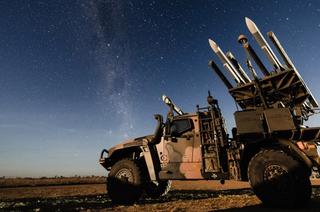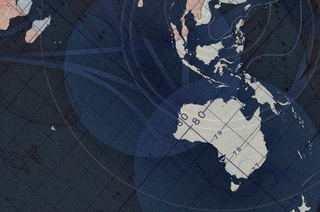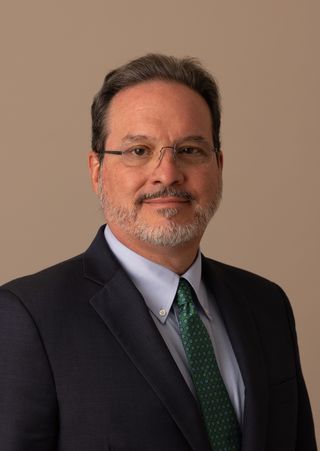The Wall Street Journal has reported that the Pentagon is considering a plan to withdraw 4,500 US troops from South Korea to be redeployed elsewhere in the Indo-Pacific region for use in contingencies involving China.
This is not the first time the United States has looked at such a move.
Even as the Korean War was raging, the Cold War strategist George F. Kennan urged the Truman administration to quietly withdraw troops after the North’s invasion was stopped. Truman did not listen, as we know. Then, in 1969, President Richard M. Nixon announced in Guam that US allies in Asia would have to do more to defend themselves. Ultimately, he withdrew ground forces from Southeast Asia rather than South Korea, but the Korean government was prepared for the worst.
President Jimmy Carter was next. He pledged in 1976 to get out of South Korea, playing on public fatigue with the Vietnam War. Carter would not drop the idea despite misgivings by his secretary of defense and national security advisor. In the end, Carter was convinced to drop his plan because of the timely intervention of the Japanese government (which warned withdrawal might force Tokyo to consider extreme options to defend itself) and the discovery of a new North Korean military force deployed north of the DMZ.
The George W. Bush administration had its own debates about US Forces in Korea (USFK). Secretary of Defense Don Rumsfeld was a sceptic about the military presence and wanted to reduce the US burden on the peninsula in order to focus on the China threat. He bypassed the National Security Council and State Department to push for wartime opcon transfer, which the Noh Moo-hyun government liked, and “strategic flexibility” to use US forces on the peninsula in Taiwan contingencies, which the Noh government hated. In the end, Noh appealed directly to President Bush over breakfast at the White House, and the President agreed that it was not appropriate to be pushing Seoul on strategic flexibility at that time, particularly given South Korean troops’ deployment to Iraq. Separately, however, Rumsfeld rotated one brigade off the peninsula to deploy to Iraq — a deployment born of necessity — but one Rumsfeld undertook with the intention of never returning the brigade to the peninsula.
Trump, in his first term, shocked his own Pentagon and all US allies when he declared next to Kim Jong-un in Hanoi that he wanted to pull troops from the peninsula one day. Privately, he had been saying the same thing to his staff and Republican allies in Congress even before the summit with Kim. Those staff members quietly worked with Congress to ensure that the National Defense Authorization Act (NDAA) included language prohibiting the President from using Congressionally appropriated funds to pull troops out of South Korea or Japan without Congressional approval. Trump dropped the idea and no change was made.
That makes at least six times that the President or Congress considered or proposed withdrawing US troops from South Korea. Superficially, it seems that this time will have the same result. Beneath the surface, however, there may be more momentum for a significant downsizing of USFK this time than there was in the first Trump administration or any previous administration.
First, the balance of military power with China has deteriorated significantly in recent years. Secretary of Defense Pete Hegseth and Undersecretary of Defense Elbridge Colby are committed to the alliance with South Korea, and Trump has not said anything publicly about withdrawing troops this time like he did in his first term. But any examination of the Pentagon’s priorities reveals that they are focused like a laser on using whatever resources they can to deter Chinese aggression against Taiwan and the First Island Chain. The American ambivalence about permanently deploying ground forces on continental Asia is becoming more acute as defending the First and Second Island Chains becomes more challenging.
The American ambivalence about permanently deploying ground forces on continental Asia is becoming more acute as defending the First and Second Island Chains becomes more challenging.
Second, the National Security Council staff in Trump 2.0 is much weaker, while Secretary of Defense Hegseth is much more malleable than Secretary James Mattis was, meaning that internal resistance would be weaker even if senior officials were willing to fight to keep the US military presence on the Peninsula robust.
And third, the signals from Hegseth, Colby and other Trump appointees are that allies will have to do more for themselves.
Right now, all of South Korea is focused on the June 3 presidential election, but one of the first things the new administration in Seoul will have to do is figure out a strategy to manage the possible changes to US force posture. I worry that a Lee Jae-myung government might agree too quickly to downsizing the US presence based on the progressive camp’s longstanding ambivalence about USFK. That would signal a real opening for China and North Korea to drive a wedge in the alliance and would be dangerous. On the other hand, I am worried that a government under Kim Moon-soon might go back to the conservatives’ old playbook and plead for no change in the US military posture. That strategy might not work this time, and if Trump ignores those pleas, the result will be an alliance that looks weakened.
A much better approach would be to work with Washington to frame a new alliance for the future that might see smaller adjustments to USFK coupled with bold new commitments by South Korea to contribute to the balance of power in the broader Indo-Pacific and in new domains like space and cyber. There is the potential, in other words, to send a strategic signal to China, North Korea and the region that Washington and Seoul are ready to shape the security environment rather than be consumed with bilateral politics.
The Trump administration is not functioning smoothly, and all of Seoul is distracted by the election right now, but hopefully wise heads are already thinking about how to get ahead of this issue.





